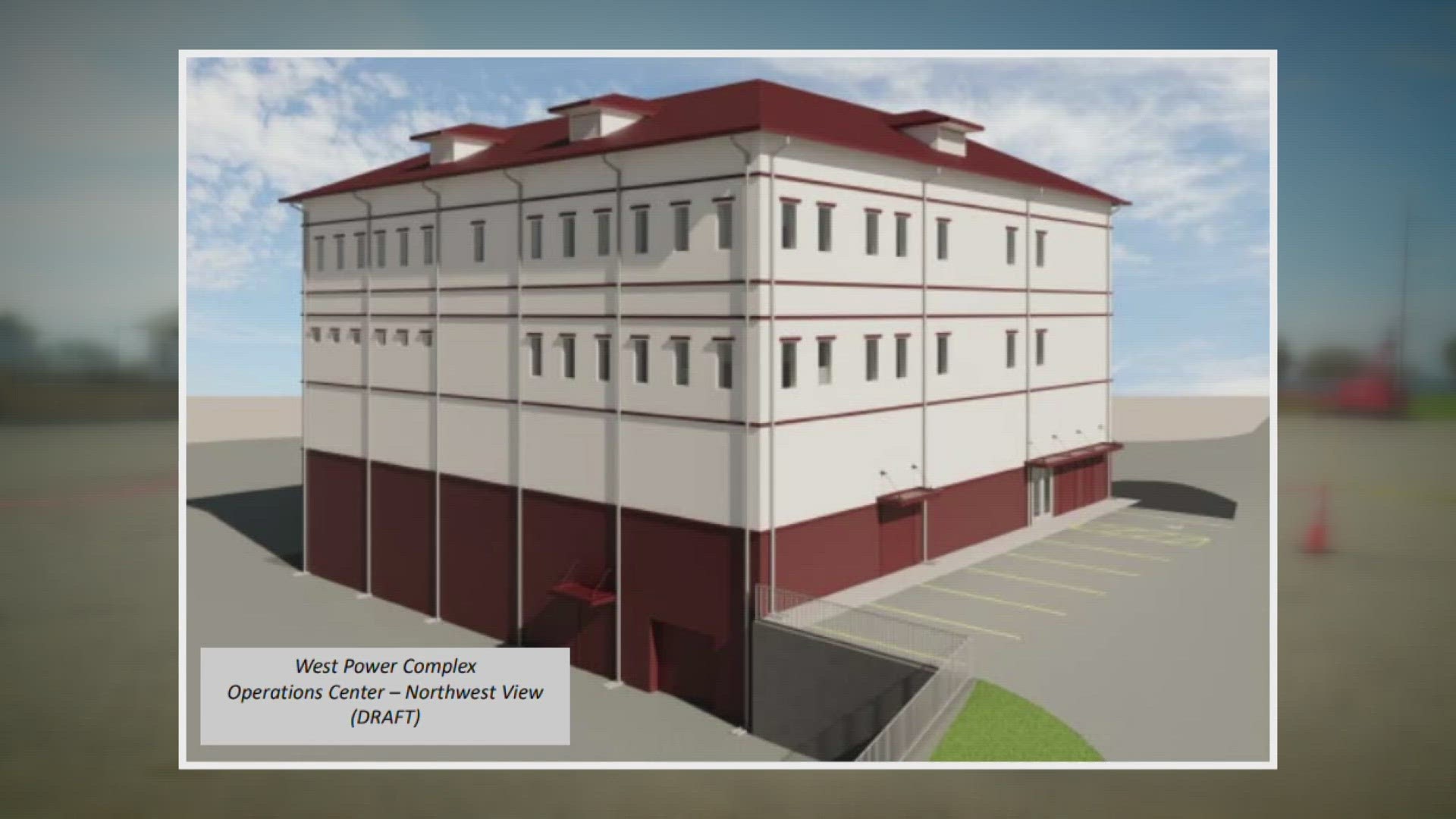NEW ORLEANS — A mistake by a Sewerage & Water Board operator has set back the repair of one of the city’s main power sources for the drainage system by more than a month.
The announcement by the embattled agency comes as the city is grappling with an unexpected $20 million increase in the cost of the first phase of a modernized power station that isn’t expected to replace the aging turbines until August of 2025.
The double whammy of bad news comes as Governor Jeff Landry’s Task Force on the S&WB is reviewing the utility and its city-appointed board for its handling of those problems along with billing errors and other shortcomings over recent years as heavy rains regularly flood city streets.
Turbine 4, a 109-year-old piece of equipment that has been unavailable more often than it has been available over the past 12 years, failed on February 3. That was the day of the city’s most recent widespread flooding, that made some roads impassable and leaving many drivers with stalled cars.
After the turbine broke down, it was expected that repairs would take about 10 days, but water leakage proved to be worse than expected and the “operator error” resulted in additional problems. The unspecified error will require additional time to manufacture and ship parts. Due to the age of the now-defunct machinery, most parts need to be manufactured from scratch.
Additionally, a backup generator that is used by the S&WB went down during Saturday’s heavy rains.
This comes as the city finds itself needing an additional $20 million towards Phase 1 of its new pumping power substation that should come online next August, in time for the peak of 2025’s hurricane season.
Gambit reports that in a March 18 letter to the New Orleans city Council from Mayor LaToya Cantrell, she said the estimated $100 million price tag was far too low. In the meantime, the city’s ability to pump out water in a timely manner is being crippled during the spring rainy season and the problems are expected to linger into the 2024 hurricane season.
The S&WB on-line dashboard shows that the utility has only 38 megawatts available out of the 44 megawatts necessary to run the city’s drainage system. The power shortage, exacerbated by the fact that three of the utility’s five back-up generators are currently out of service, means that operators must make difficult decisions during heavy rains to determine which of the city’s 99 pumps will be turned on, and which will remain dormant.

